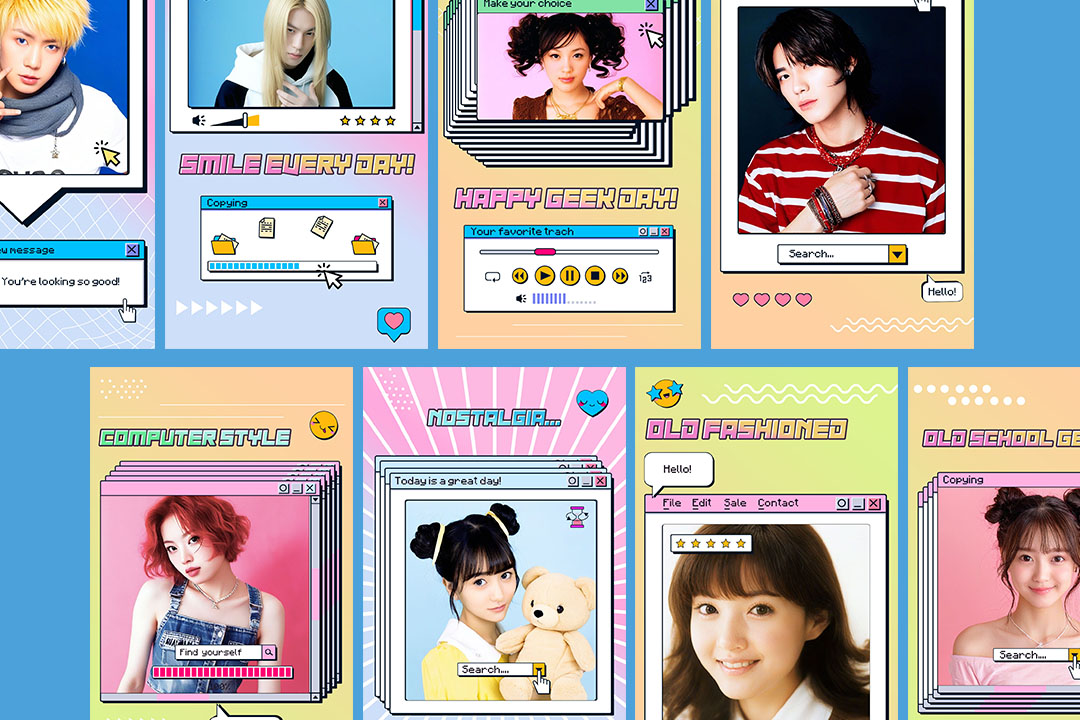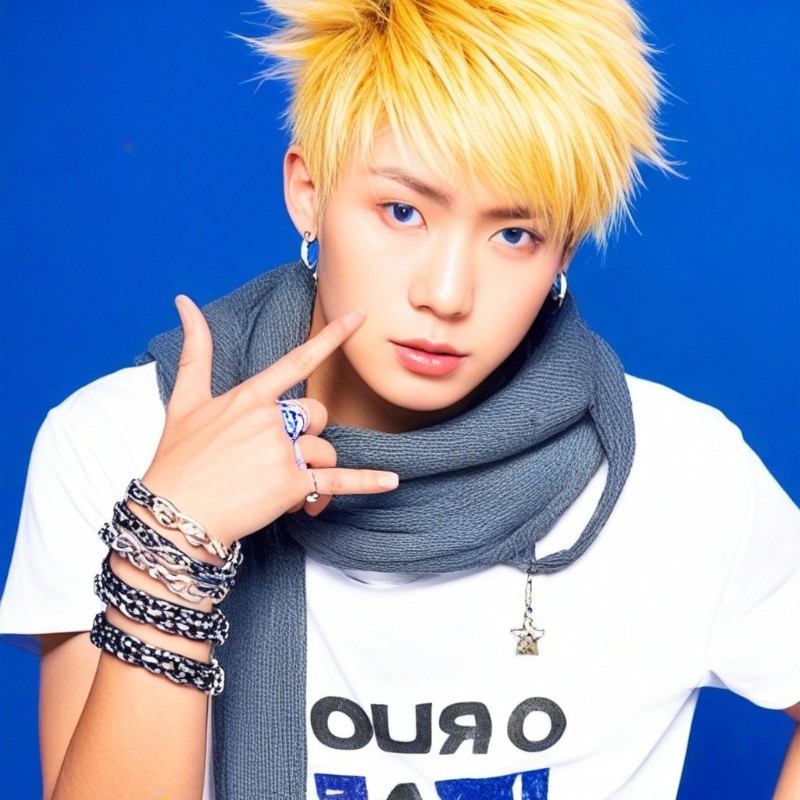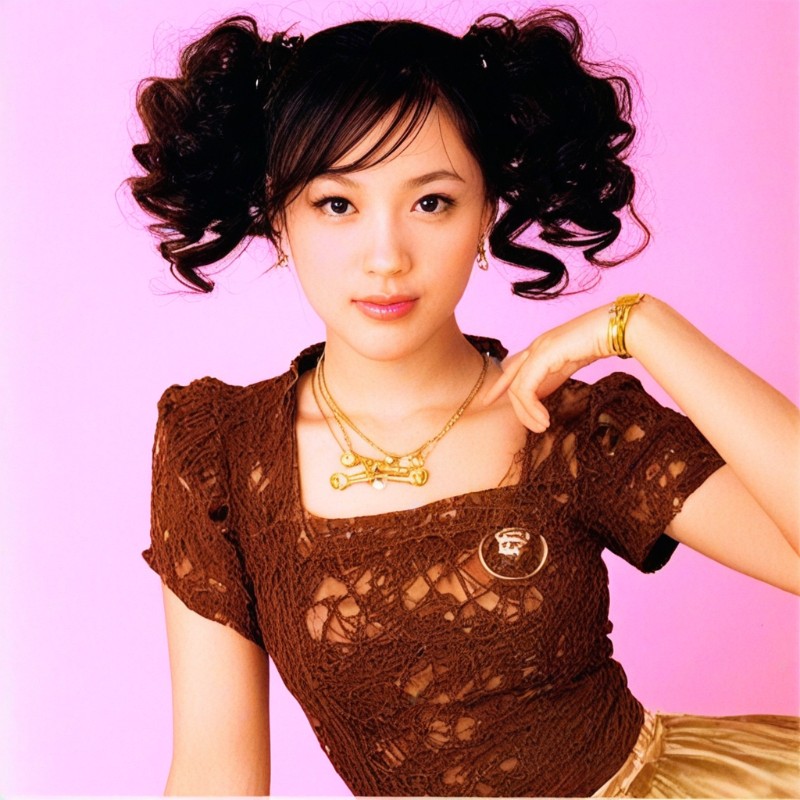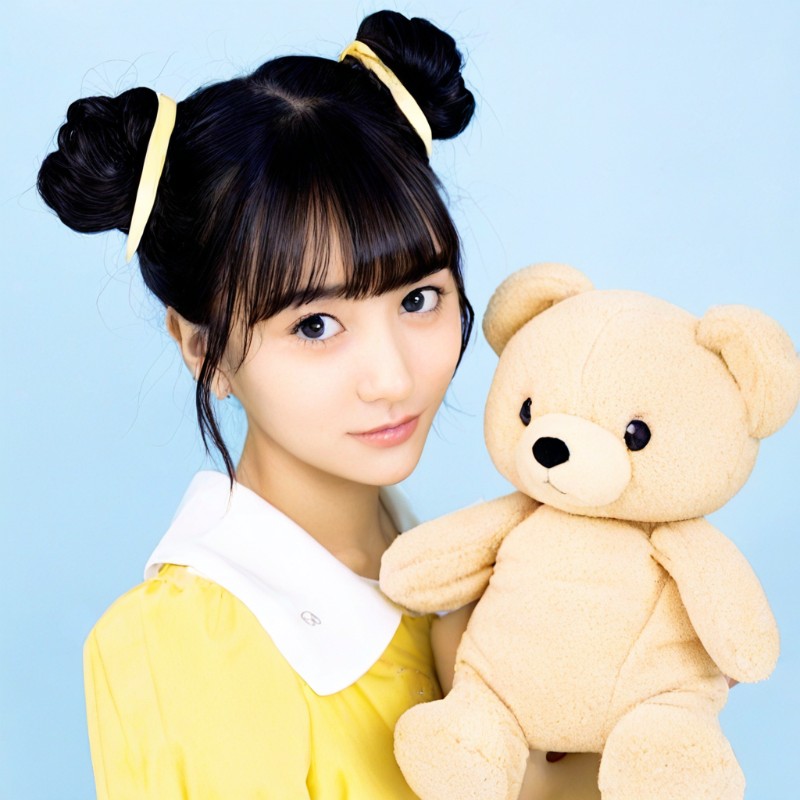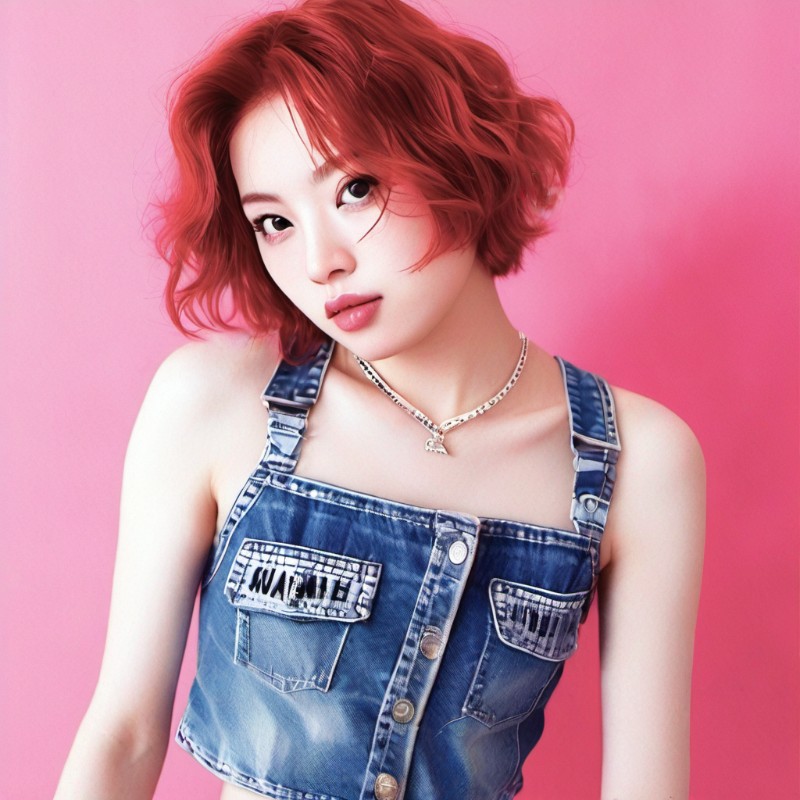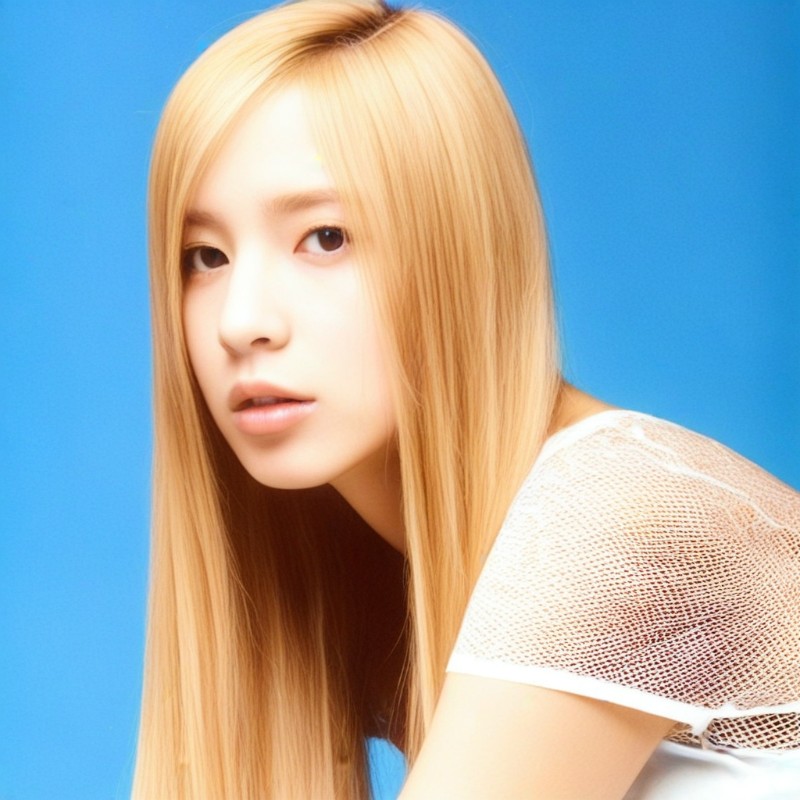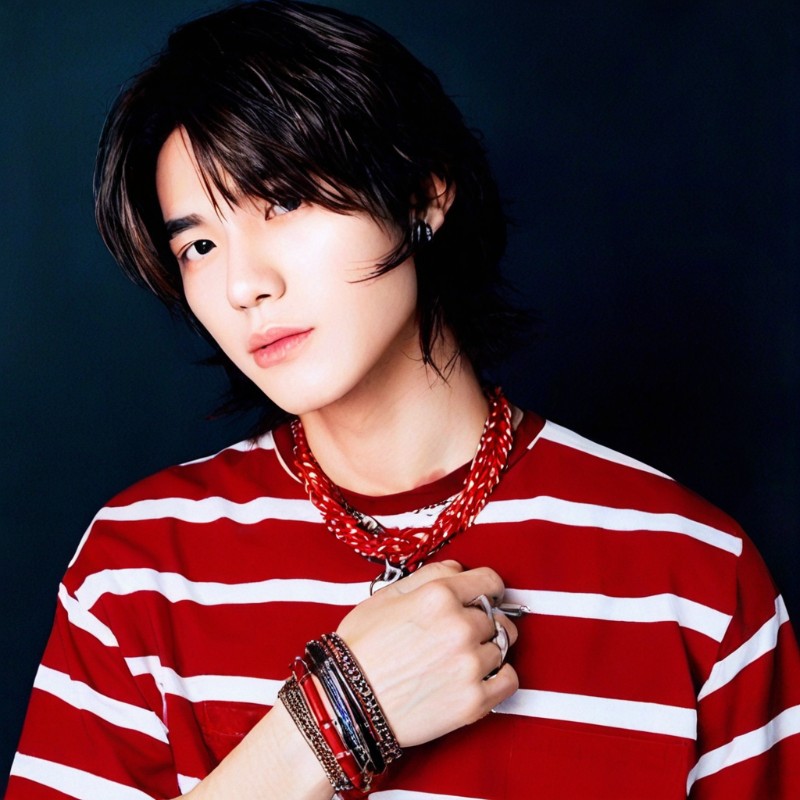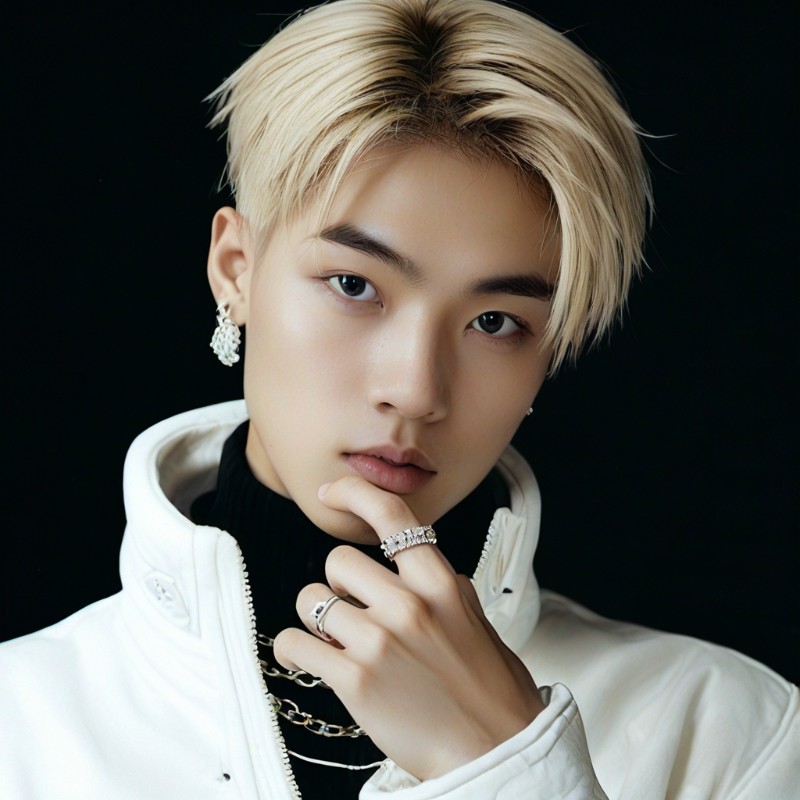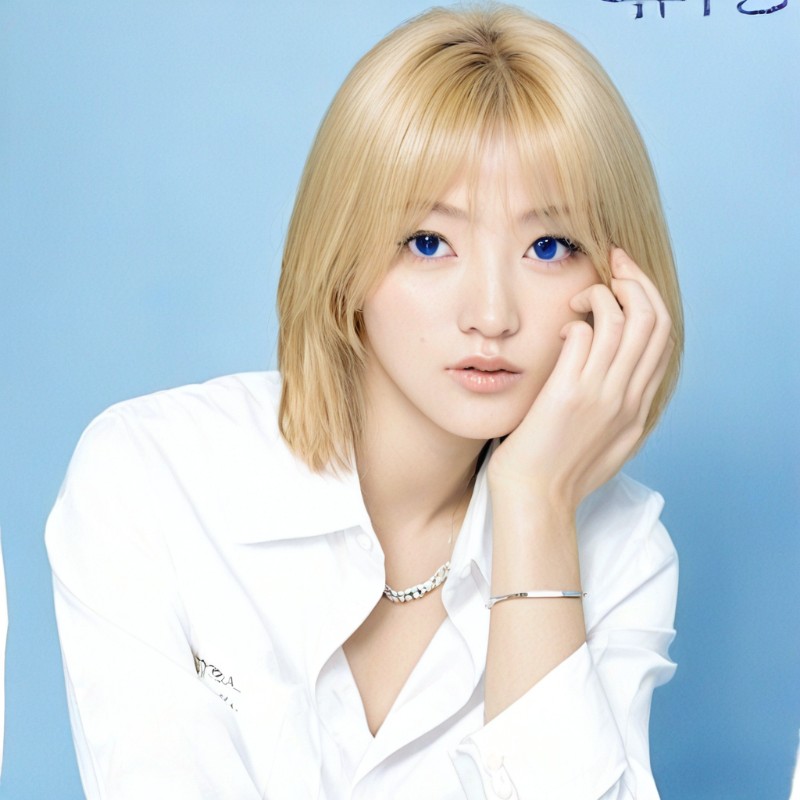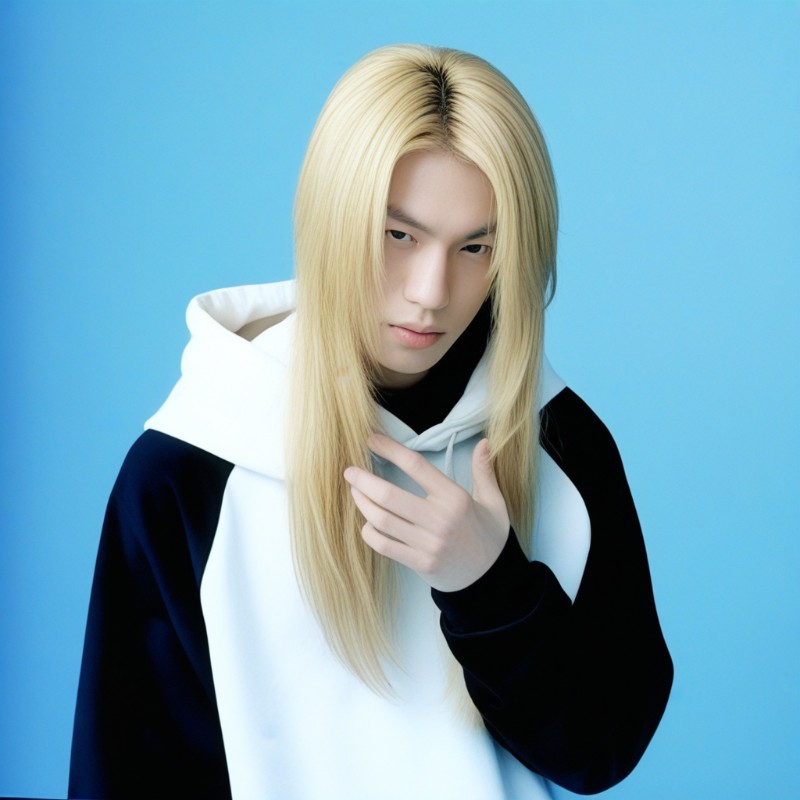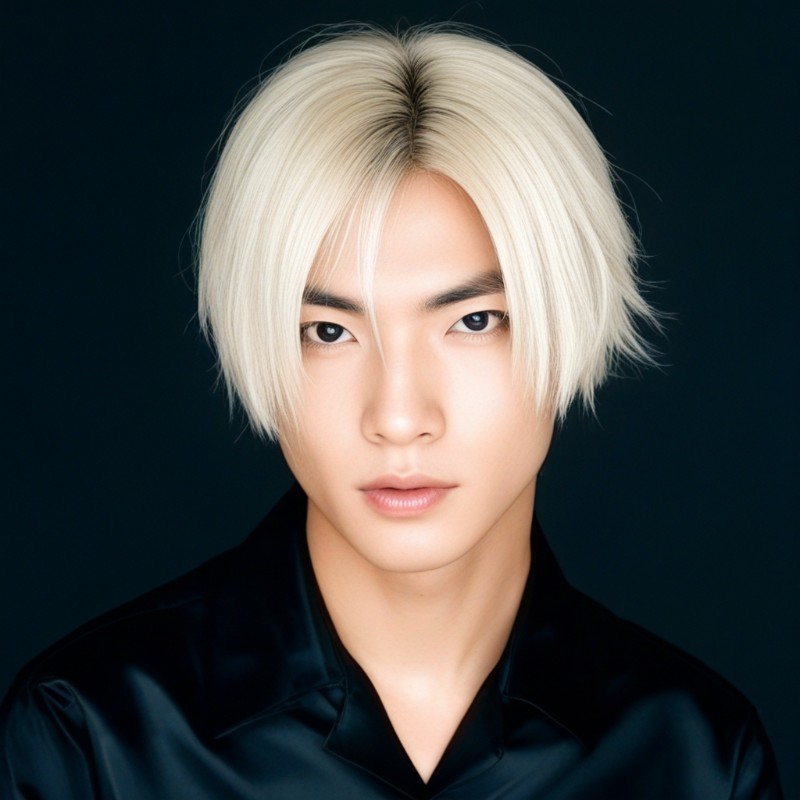Y2K Photoshoot Aesthetics
项目时间 Date
2024.8
项目类型 Project type
AI 设计 AI Design
完成人 Author
倪威 ARJANE
关键词 Keyword
Lora 训练 Lora training, 模型展示 Model intro, 训练日志 Training log
动机 Motivation
在千禧年,中国年轻人的潮流关键词是“非主流”,一种尴尬的审美。当初对反叛、夸张的视觉系的追求,现在看像是许多其他前卫风格的不成熟的大杂烩。
当初被主流审美所排斥的“千禧年复古”,如今被新一代的非主流们所怀念。
At the turn of the millennium, the key word for young Chinese trends was “non-mainstream,” an awkward aesthetic. What began as a search for rebellious, exaggerated visual systems now looks like an immature hodgepodge of many other avant-garde styles.
The “millennial retro” that was rejected by public aesthetics is still only missed by a new generation of non-mainstreamers.
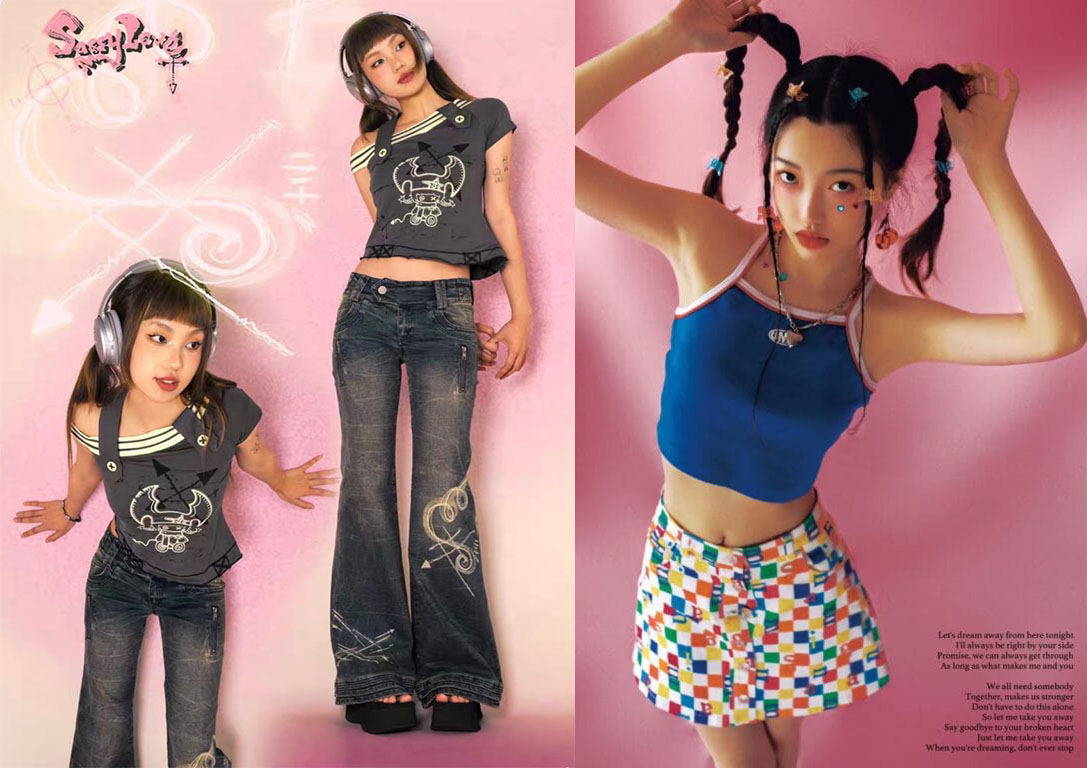
这是一种非常有趣的审美,像极了渴望挣脱束缚却手足无措、无法找到自我定位的青春期状态。我打算用生成式AI来回味一下这种感觉。
It’s a very interesting aesthetic, like the adolescent state of being eager to break free but too overwhelmed to find your niche. I’m going to go back to that feeling with generative AI.
数据集处理 Dataset Preparation
当时的潮流主要受到视觉系和 K-Pop 的影响,因此数据集由当年红极一时的一代韩团(H.O.T, S.E.S 等)、日本歌星(滨崎步、宇多田光等)等组成。
GPT-4o 被用来打标,起初数据集有 150+ 写真图,后来被优化为 64 张。
Trends at the time were mainly influenced by Japanese visual (ヴィジュアル系) and K-pop. So the dataset consists of 1st gen K-Pop idol groups (H.O.T, S.E.S, etc.), Japanese singers (Ayumi Hamasaki, Hikaru Utada, etc.) who were all the rage back then.
GPT-4o was used as tagger, initially the dataset had 150+ studio photos and was later optimized to 64.
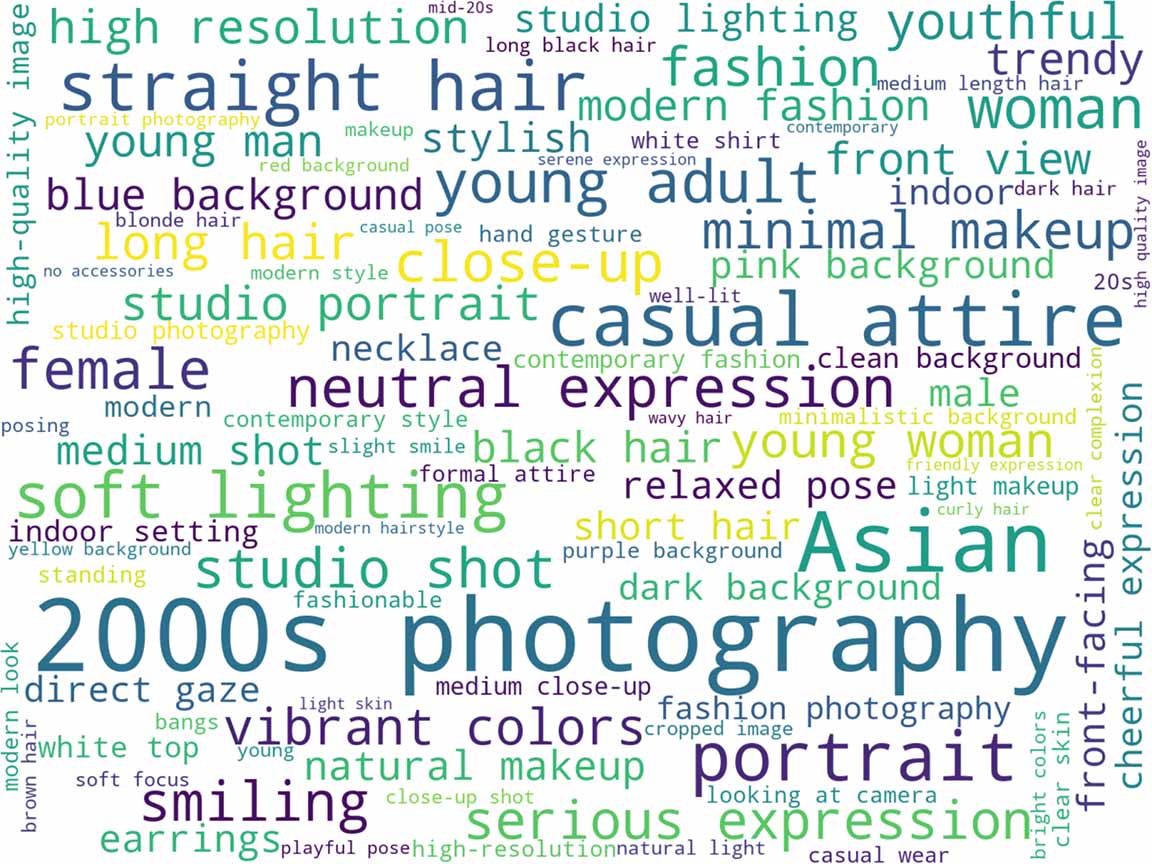
从网上搜集高质量的 2000 年代写真很困难,许多图像在不断的传播中被压缩,或是从杂志上翻拍而来,附有密集的文字和水印。我的策略是采用类似“老照片修复”的方法提升画质,蒙版重绘和人工 PS 来去除文字。
Gathering high-quality 2000s portraits from the Internet is difficult, as many of the images have been compressed in constant distribution, or have been reproduced from magazines with dense text and watermarks. My strategy is to use a workflow similar to “broken photo restoration” to improve the image quality, mask inpainting and manual editing to remove the text.

结果 Results
腾讯混元 DiT 被用作基座模型。这些图片是否勾起了你的千禧年记忆呢?
Tencent Hunyuan-DiT being used as the base model. Do these images evoke memories of the millennium for you?
